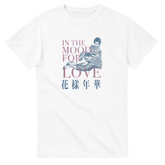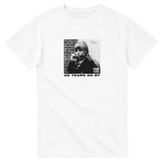Marianne Faithfull: The Death of a Rebel Icon
Marianne Faithfull was more than a singer, actress, or muse — she was a living symbol of artistic defiance, melancholy, and raw beauty. Her recent death marks the end of an era for British counterculture and cinema lovers alike.
A Face of the Sixties That Never Faded
Discovered at 17 and catapulted into fame with "As Tears Go By", Faithfull became the face of Swinging London, capturing the spirit of the 1960s alongside Mick Jagger and other iconic figures. But her journey was never simple — her voice, like her soul, grew darker and deeper over time, mirroring her artistic evolution.
“I never thought I’d live to see the end of rock’n’roll.” – Marianne Faithfull
Her Cinematic Legacy
Though often remembered for her music and tempestuous love life, Faithfull left an indelible mark on film as well. From her enigmatic role in The Girl on a Motorcycle (1968), a psychedelic classic, to her haunting presence in European art cinema, she embodied characters that were as rebellious and complex as her own life.
Fashion, Film, and Feminism
Marianne Faithfull’s influence on fashion, identity and female expression cannot be overstated. She represented a kind of raw femininity that challenged both Hollywood glamor and mainstream norms. Her aesthetic — somewhere between romantic and punk — still inspires filmmakers, musicians, and designers today.
A Cultural Icon Remembered
Her death is not just a personal loss, but a cultural one. For fans of cult cinema and underground music, she will always be that voice in the dark, that gaze on the edge of rebellion, and that presence that refused to be tamed.
At outffocus. we remember her not only through words, but through visuals — with film-inspired designs that honor her spirit and everything she stood for.




























